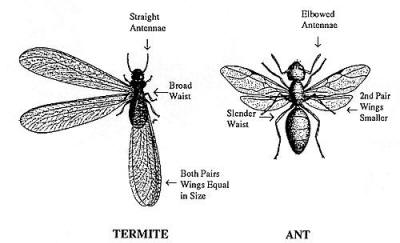|
 You may be thinking about those apples or peaches, but really
the nuisance fruit category includes things that are much more a
nuisance like sweet gum balls, maple seeds, and crabapples. You may be thinking about those apples or peaches, but really
the nuisance fruit category includes things that are much more a
nuisance like sweet gum balls, maple seeds, and crabapples.
There are several products available to eliminate nuisance
fruit. The most common is ethephon, and it is used as a foliar
spray to reduce or eliminate undesirable fruit or seeds. Some of
the trade names include Florel and Ethrel. The product is
effective at eliminating much of the fruit without affecting
leaf growth and color, and it does not harm other plants that
get some spray drift on them. It also does not affect the actual
flowering of the treated trees.
With ethephon, the key is in the timing. The application must be
made during flowering, but before the fruit set in. For most
flowering trees there is a 10-14 day window of opportunity.
Sweet gums are a little tricky since there are no showy flowers
involved, so effective sprays should occur just as new leaves
begin to emerge. Sprays should leave leaves wet, but not to the
point of dripping. Good coverage of the tree is needed, so keep
in mind the size of the tree when you are weighing this option.
There are injectable products available, but must be applied by
a professional. The injectable products have not been as
effective as the sprays.

This product is a growth regulator that naturally occurs. Its
natural production is stimulated by stress, so make sure you
arenít treating a tree that is under stress from drought, high
temperatures, diseases, or other environmental stresses.
Treating stressed trees can cause severe injury to the plant
such as leaf loss or scorching.
Gardening
With our area being split between Zone 5b and 6a according to
the USDA hardiness map, letís look at some of the vegetable
gardening dates. Very hardy vegetables should be planted March
10 to 25th in Zone 6, and March 25 to April 10 in Zone 5b. These
would include many of the greens (collards, leaf lettuce,
mustard greens, and spinach), new asparagus crowns, onions,
peas, potatoes, radishes, rhubarb plants, and turnips.
Frost tolerant vegetables have a recommended planting date range
from March 25 to April 10 in Zone 6, and from April 10 to 25th
in Zone 5b. These would include transplants of broccoli, Brussel
sprouts, cabbage, cauliflower, head lettuce, leeks, and onion
slips. Add to that list the direct seeded beets, carrots,
parsley, parsnips, and salsify, and that will take us to the
tender vegetables. Tender vegetables are planted after danger of
frost, so that will give us a little bit of time.
[to top of second column] |

Of course, the basics apply just as much as the calendar
dates. Donít work soil when it is too wet, plant at the proper
depth and spacing, and follow good watering practices (meaning
once a week watering deeply rather than frequent misting). Good
practices, and good weather, should provide an abundance of
fresh items as we go through the growing season.

Controlling Ants
If ants are your problem, use of bait stations or baseboard
sprays may help solve your problems. Many of the bait station
programs will require a good week to ten days to be effective.
If you want to speed along control, or just like to see the dead
insects with a revenge motive, you can combine the baseboard
sprays with the bait stations after a couple of weeks of just
the bait stations. Remember that damage done by ants, even
carpenter ants, is not structurally damaging to your home in the
manner of termites. They simply make a nesting hole in wood
rather than digest it.
[By JOHN FULTON, COUNTY EXTENSION
DIRECTOR SERVING LOGAN, MENARD, AND SANGAMON COUNTIES]
 |